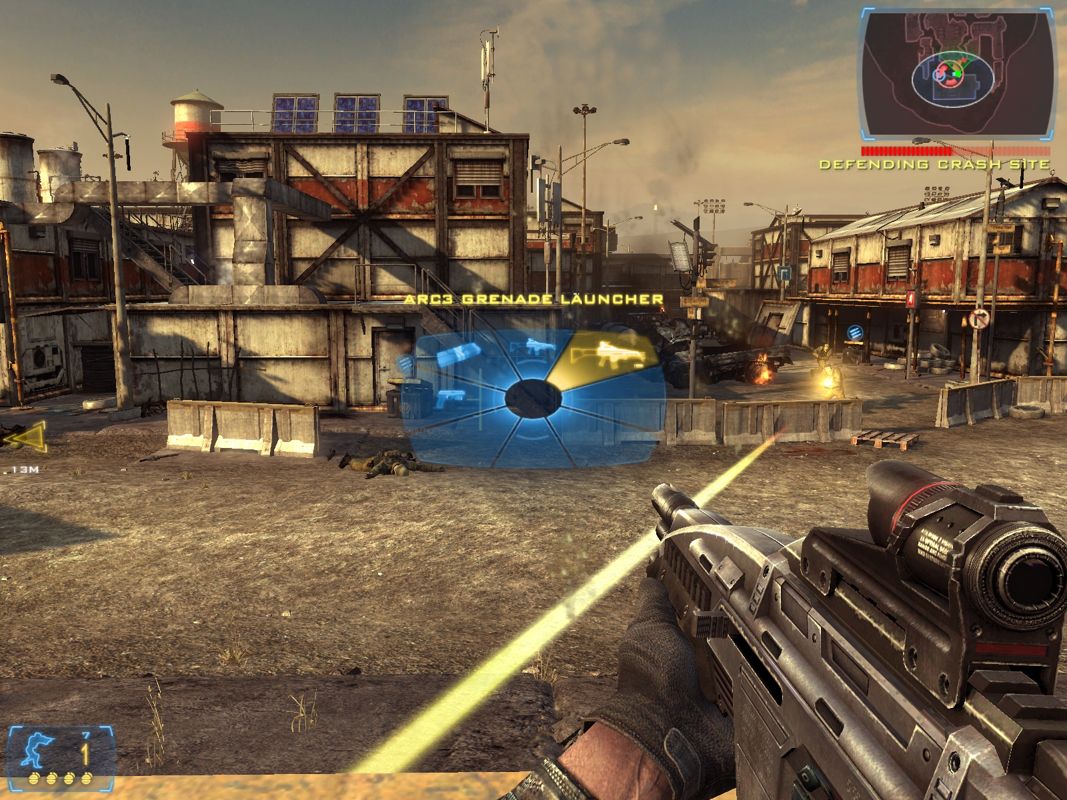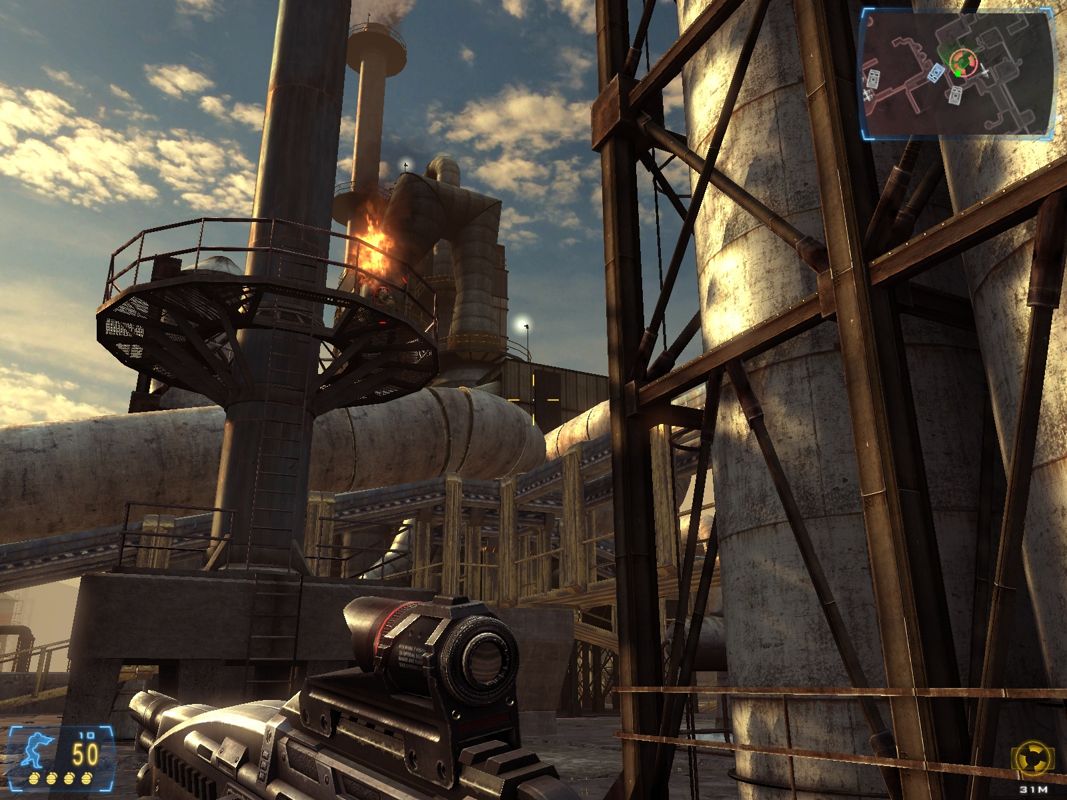Retro Replay Review
Gameplay
Frontlines: Fuel of War plunges you into a relentless tug-of-war over dwindling oil reserves, tasking your Stray Dogs squad with capturing and defending strategic control points. Matches hinge on teamwork as you must always hold at least two nodes to push the frontline forward. This tug-of-war mechanic keeps every firefight meaningful, whether you’re storming an enemy bunker or reinforcing a recently seized fuel depot.
The arsenal on offer blends near-future gadgetry with familiar military hardware. Exploding drones and radio-controlled tanks share the battlefield alongside assault rifles, rocket launchers, and heavy machine guns. Mastering the balance between cutting-edge toys and raw firepower adds depth—will you spearhead the assault with a drone strike or roll in with a fully loaded Abrams-style tank?
Vehicle combat extends beyond mere set pieces. With jeeps, armored personnel carriers, main battle tanks, attack helicopters, and even transport choppers, you’ll seamlessly transition between roles on the fly. Snatching a wounded comrade under rotor wash or laying down suppressive fire from a T-90 clone are both part of the package, making every encounter feel dynamic and varied.
Single-player mode lets you scavenge the entire battlefield for weapons and gadgets, fostering a free-roam, pick-and-choose approach to each mission. Conversely, multiplayer divides you into distinct roles with predefined loadouts—be it front-line assault, support, or drone tech. Earning XP in a round unlocks advanced gear mid-match, but those levels reset when the map changes, ensuring each new battle starts with a level playing field.
Graphics
The game’s DRX engine delivers gritty, high-contrast visuals that capture the desperation of a world at war over oil. Dust kicks up realistically in desert towns, and muzzle flashes light up the night sky in urban blockades. Explosions ripple through walls and foliage, leaving behind smoking craters that underscore the destructive stakes.
Environments range from sun-bleached Middle Eastern streets to snowy Alpine passes, each boasting unique architectural and weather effects. Dynamic lighting and volumetric fog lend an atmospheric edge—sneaking through a mist-shrouded forest feels genuinely tense, while midday desert assaults punish your heat-hazed eyes.
Vehicle models are especially well-rendered, with visible tread marks in soft sand and realistic burn patterns on tank turrets. Cockpit interiors for helicopters and drones are detailed, albeit occasionally prone to texture pop-in at long range. Still, minor hiccups don’t detract from the overall spectacle, and the scale of combined arms warfare is palpable.
While character animations can feel stiff during reloads or station-to-station movements, the visceral feedback of real-time destruction often overshadows these small rough edges. Overall, the visuals hold up as a compelling backdrop for your fight over the last drops of fuel.
Story
The campaign premise is simple but effective: it’s 2024, oil is nearly gone, and World War III looms as Russia and China unite under the Red Star Alliance to wrest what remains from the Western Coalition. It’s a stark “fight for fuel” scenario that turns every mission into a high-stakes resource grab.
Frontlines unfolds through the eyes of Wayne Andrews, an embedded journalist whose footage and radio dispatches frame each operation. You never directly control Wayne, but his narration humanizes the conflict and provides context for your squad’s brutal skirmishes. His evolving perspective—from believing in propaganda to witnessing frontline horrors—adds an unsettling layer to the otherwise objective campaign.
Campaign missions are sequenced to mimic a rolling frontline, with each victory or defeat visibly shifting control on a global map. While the story doesn’t break new ground in military fiction, its geopolitical urgency and soldier-level vantage point keep you invested. Moments of moral ambiguity—such as civilian casualties or friendly fire—underscore that this is more than a simple “shoot ’em up” storyline.
Some scripted set-pieces feel predictable (an ambush in a mountain pass, a last-stand defense at an oil well), yet the narrative pacing never drags. By the finale, the collision of political machinations and individual sacrifice leaves a haunting impression: in a war for fuel, there are no true winners.
Overall Experience
Frontlines: Fuel of War succeeds by marrying large-scale vehicular combat with infantry tactics, all wrapped in a resource-war narrative that feels alarmingly plausible. Each match’s ebb and flow—pushing forward one minute, clinging to a sole control point the next—keeps adrenaline levels high from start to finish.
The campaign offers roughly six to eight hours of solo play, enough to showcase every weapon, vehicle, and environment type. Multiplayer extends longevity with its role-based progression and sprawling maps, though the level reset system can feel punishing if you thrive on long-term character growth.
Technical issues are minimal: aside from occasional texture pop-ins and the odd collision glitch, servers remain stable and matchmaking is swift. Audio design—thundering tank engines, the whistle of incoming rocket fire—immerses you deeply, and friendly chatter over the radio underscores the squad-based focus.
For fans of modern, objective-driven shooters who crave vehicular warfare and a gritty “end-of-oil” backdrop, Frontlines: Fuel of War delivers a robust package. Its blend of classic capture-and-hold gameplay with high-tech weaponry and a stark narrative makes it a memorable entry in the genre—and a title well worth your battlefield briefcase.
 Retro Replay Retro Replay gaming reviews, news, emulation, geek stuff and more!
Retro Replay Retro Replay gaming reviews, news, emulation, geek stuff and more!









Reviews
There are no reviews yet.